This post may contain affiliate links which means I will get a commission if you make a purchase at no additional cost to you. As an Amazon Associate I earn from qualifying purchases. Please read my disclosure for details.
Every time you walk down a grocery store aisle, you’re being subtly manipulated. Food companies employ sophisticated marketing tactics that blur the line between truth and deception, making it increasingly difficult for consumers to make informed choices about their nutrition.
What appears as a simple food label is often a carefully orchestrated blend of psychological triggers, misleading claims, and creative wordplay. From “all natural” claims to strategic color choices, food manufacturers have mastered the art of making processed products appear healthier than they actually are.
“All Natural” Claims
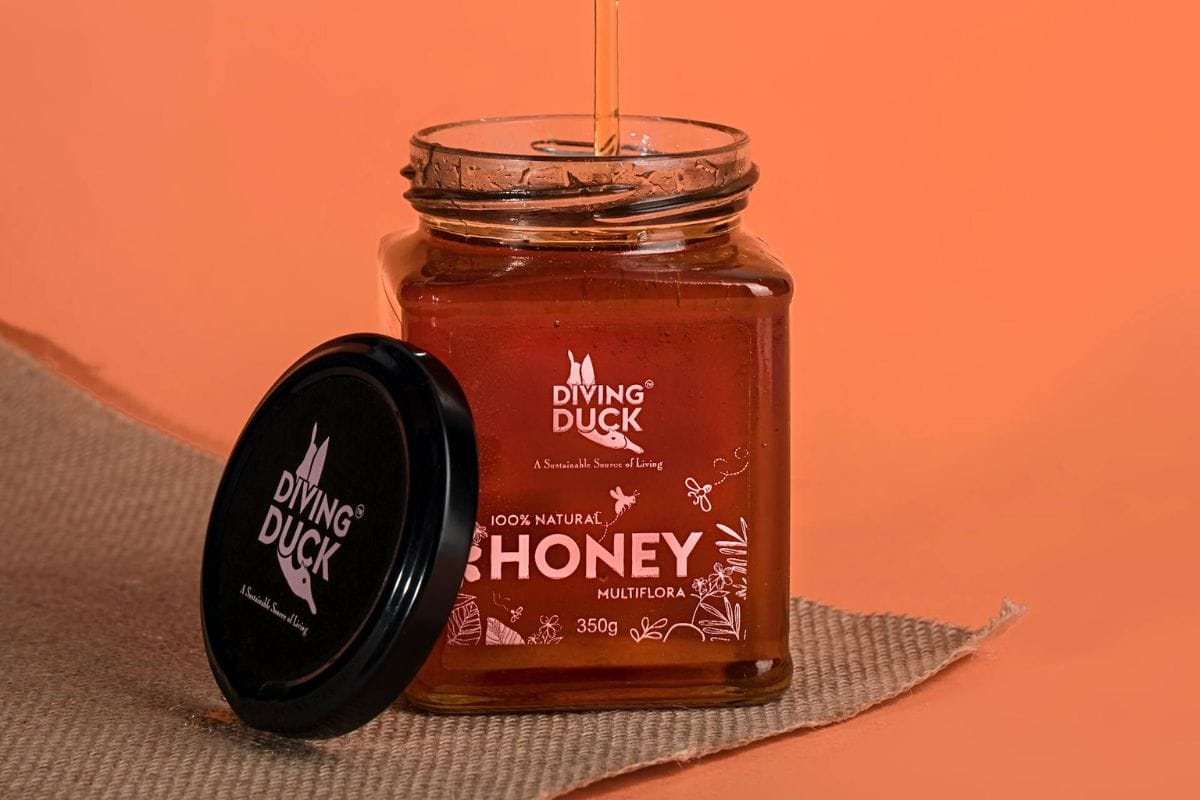
WANT TO SAVE THIS RECIPE?
The term “all natural” remains one of the most deceptive marketing claims in healthcare. The FDA has not established an official definition, giving food manufacturers significant flexibility in its usage. While companies can apply the label when products lack artificial colors, flavors, or synthetic substances, these items may still contain highly processed ingredients. Many products branded as natural support industrial agriculture practices, showing the disconnect between consumer perception and reality.
Related Post: 13 Shocking Food Industry Secrets That Will Change How You Eat Forever
Misleading Serving Sizes

Food manufacturers often list unrealistic portion sizes on product labels, which leads you to misinterpret calorie and fat content compared to typical consumption amounts. Trail mix packages frequently show a 1-ounce serving while containing 3 ounces total.
Similarly, canned soup labels typically list a 1-cup portion, though the can holds 2 cups. While updates to include more practical serving measurements have been proposed, these changes remain unimplemented.
Related Post: 12 Popular Banned Breakfast Cereals That Are Still Sold in America
Exaggerated Health Benefits

Food companies frequently add terms like “heart healthy” to packaging while masking unhealthy ingredients inside. Marketing tactics link products to emotional triggers such as happiness and social connection. Children prove particularly susceptible to these strategies – research from the University of Ottawa found cartoon characters directly influence kids’ food preferences.
Related Post: 7 Points That Challenge the Premium Price of Organic
Hidden Sugar Sources
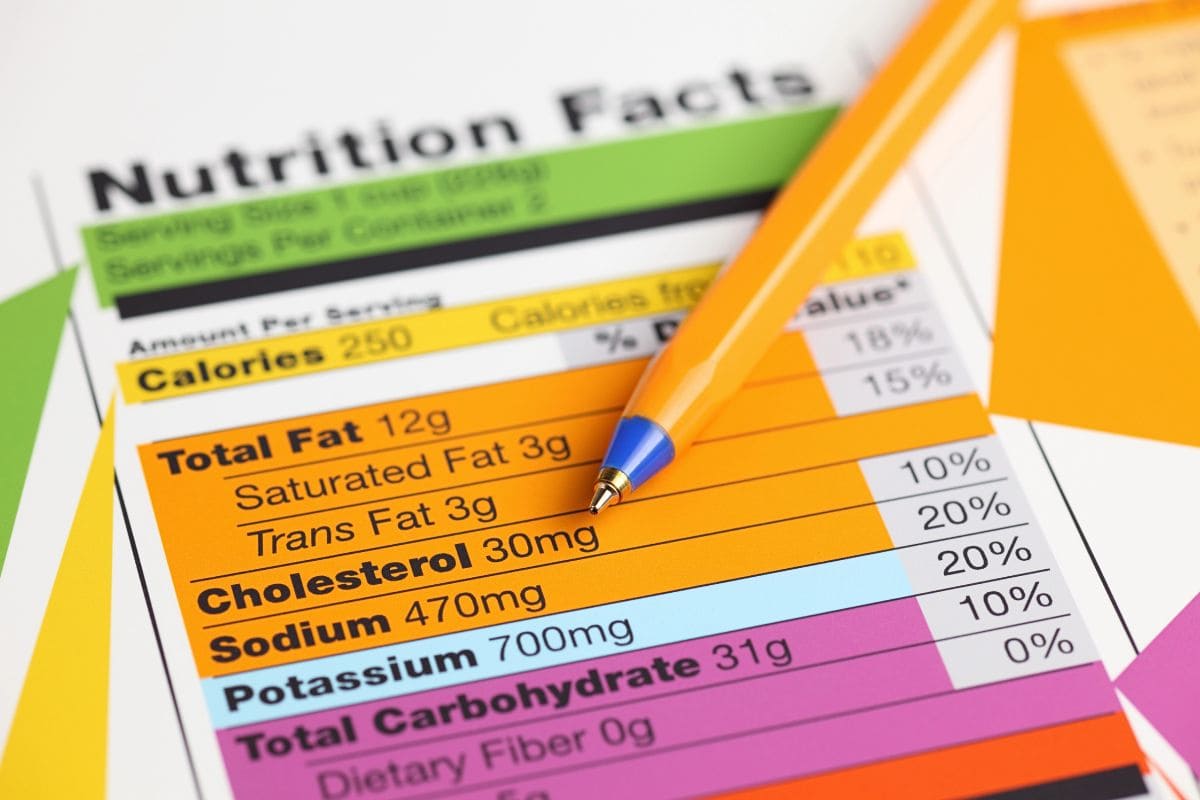
Food companies mask sugar content by using multiple scientific-sounding names in ingredient lists. Common alternatives include fructose, dextrose, maltose, and sucrose. This practice makes total sugar amounts less obvious to shoppers scanning labels.
The technique of listing various sugar forms separately prevents sugar from appearing as the primary ingredient, since ingredients must appear by weight order. This tactic leads many consumers to unknowingly purchase high-sugar products.
Sign up now to receive our exclusive e-cookbook filled with top-rated recipes for FREE!
Deceptive Ingredient Lists
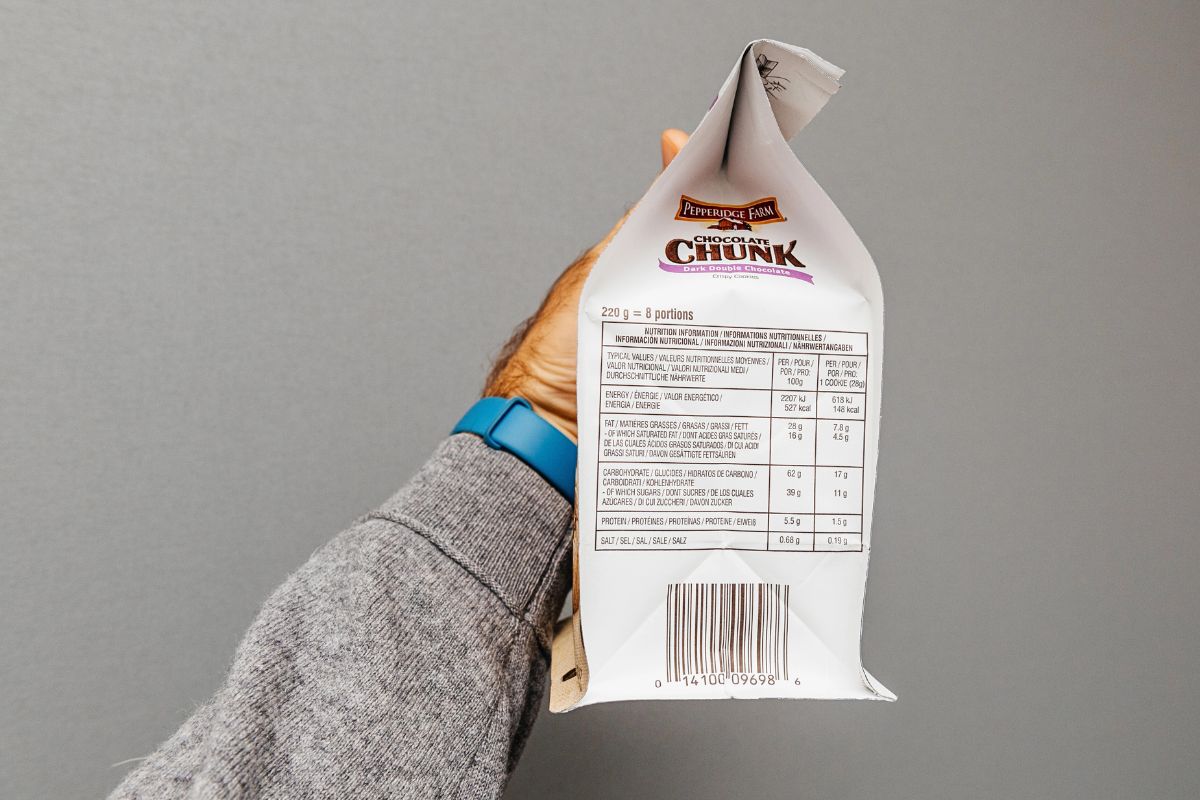
Food manufacturers list ingredients by weight order, but often split items into smaller components to mask true quantities. Companies frequently break down sugar into multiple forms, preventing it from appearing as the main ingredient.
This “splintering” method also applies to other components – like listing “wheat flour” and “wheat gluten” separately instead of simply “wheat.” Such practices make it harder for shoppers to understand what they’re buying.
Related Post: 10 Ingredients That Are Secretly in Your Food but Aren’t on the Label
“Low-fat” or “Reduced-fat” Labeling Tricks
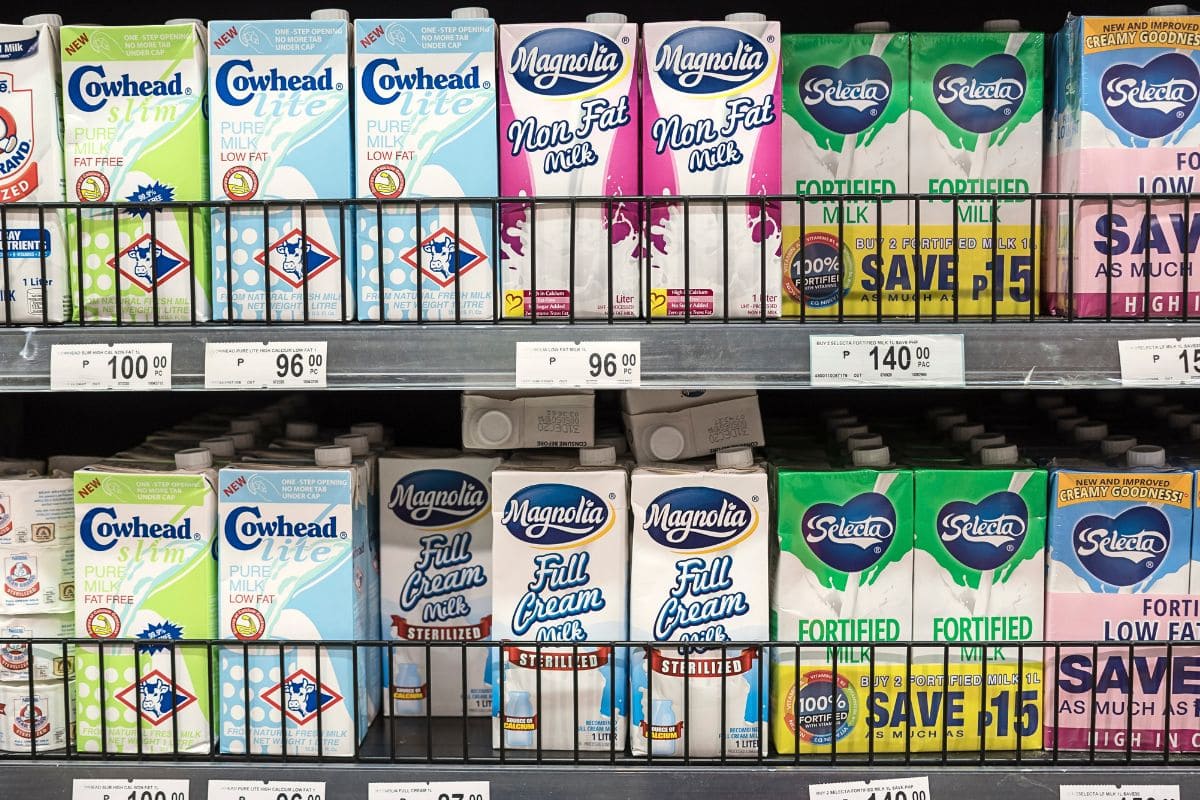
Food companies market “reduced fat” products that contain just 25% less fat than original versions – yet these items may still have high fat content overall. Manufacturers often add extra sugar to compensate for reduced fat. These marketing tactics lead shoppers to false assumptions about nutritional value, while the products remain far from healthy choices.
Related Post: 12 Cheap Ingredients That Make Your Homemade Meals Taste Expensive
Misleading Use of Superfoods or Trendy Ingredients
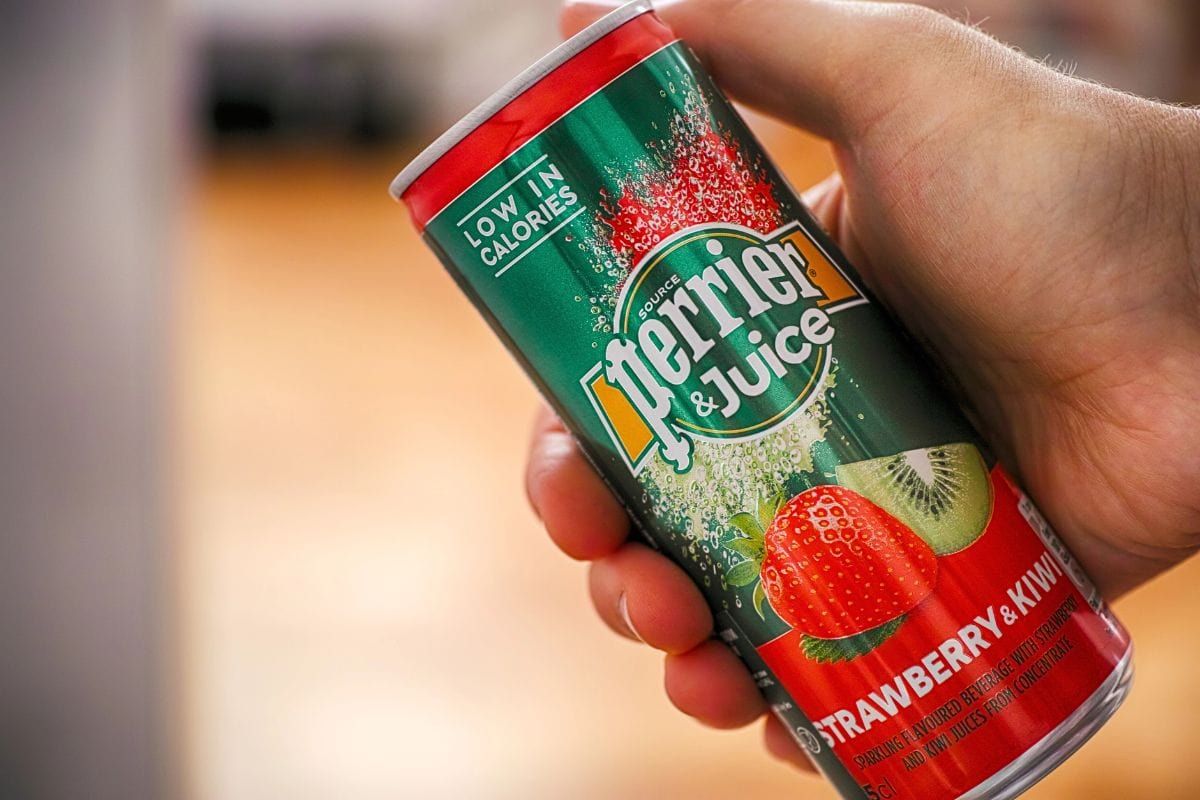
Food companies prominently feature ingredients like açaí and dragonfruit on packaging while including only minimal amounts in products. Starbucks Refreshers advertise açaí “notes” without containing actual açaí fruit. This marketing strategy takes advantage of consumers’ positive associations with these fashionable ingredients.
Related Post: 7 Reasons High-End Restaurants Overcharge You
Manipulative Packaging Design

Food companies use calculated visual tactics to influence purchasing decisions. Product packages feature images of fresh fruits and vegetables that overstate actual content. Labels show idyllic farm scenes with animals in green pastures, suggesting ethical farming practices that may not reflect reality. Companies position products at children’s eye level and use cartoon characters strategically. These techniques create false impressions about product quality and nutritional value.
Sign up now to receive our exclusive e-cookbook filled with top-rated recipes for FREE!
Ambiguous “Made with Real Fruit” Claims
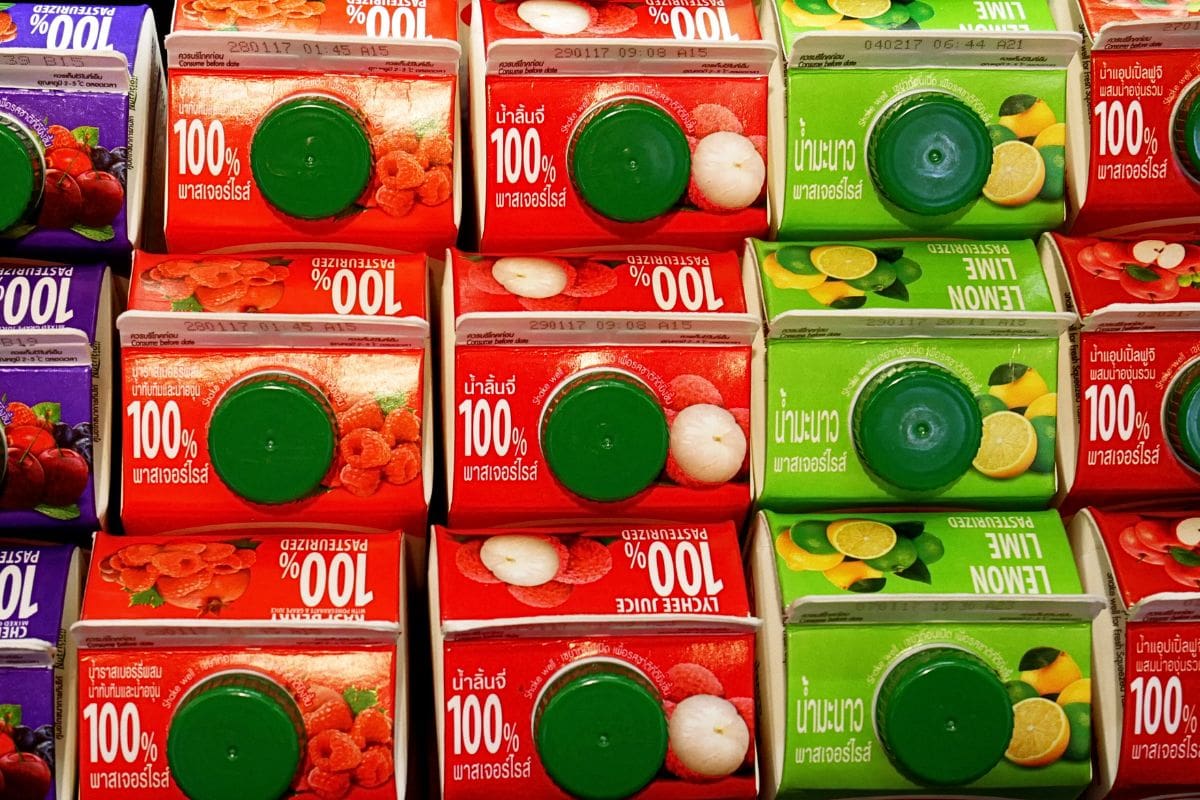
Food companies frequently place misleading marketing claims on packaging, despite containing minimal fruit content. A notable example is Kellogg’s NutriGrain bars, which use “strawberry flavored apples” rather than actual strawberries.
The practice leads consumers to believe products contain higher quantities of whole fruits than they actually do. These marketing tactics allow manufacturers to suggest nutritional benefits while using mostly artificial flavors and fruit concentrates.
Related Post: 13 Shocking Fast Food Items That Pack More Sugar Than Your Favorite Candy Bar
Misleading Organic Labels

Food companies frequently use two distinct organic certifications that confuse shoppers. Products labeled organic need only 70% organic content, while the remaining 30% may contain non-organic items including GMOs.
The stricter “organic” certification requires 95% organic components. Many consumers purchase “made with organic” products without understanding this significant difference in standards. This gap between perception and reality allows food manufacturers to charge premium prices while using lower-cost conventional ingredients.
Related Post: 14 Sneaky Restaurant Pricing Tricks That Make You Overpay
Deceptive “Whole Grain” Marketing
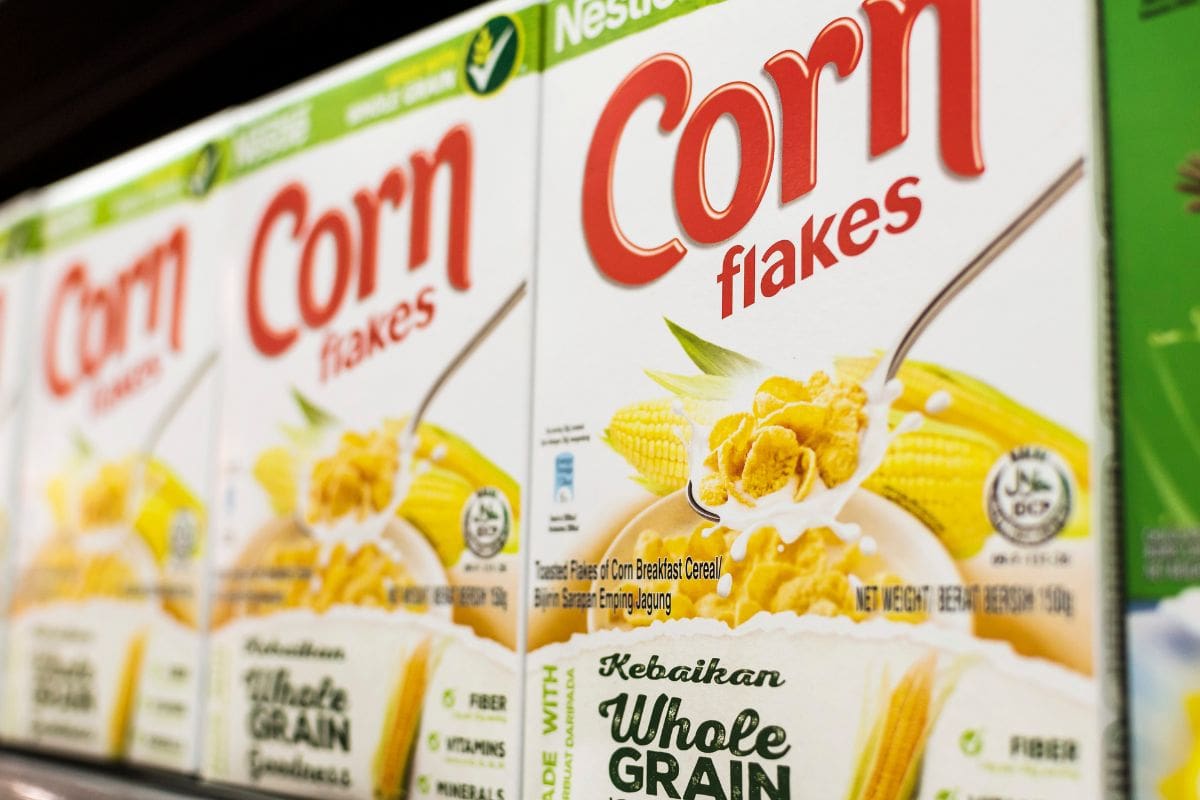
Food manufacturers place “made with whole grains” on packaging without specifying quantities. Nature Valley bars highlight oats prominently but contain primarily oils and sugars. Most products labeled as whole grain consist mainly of refined grains.
The marketing technique affects consumer perception, as nutrition information leads you to believe these products are healthier. Many products advertised as whole grain contain minimal amounts of actual whole grain ingredients.
Related Post: 12 Grocery Store Perks Boomers Had That Are Gone Today
Manipulative Use of Colors in Packaging

Food companies employ strategic color choices on packaging to shape consumer perceptions. Green packaging creates impressions of healthiness and natural ingredients, while earth tones suggest organic production methods.
Children’s products feature bright, attention-grabbing colors placed at young eye levels. These calculated color selections prompt quick purchasing decisions, often masking products’ actual nutritional content.
Sign up now to receive our exclusive e-cookbook filled with top-rated recipes for FREE!
Misleading “Zero Trans Fat” Claims

Food manufacturers exploit FDA regulations allowing “0g trans fat” labels when products contain up to 0.5g per serving. This deceptive practice becomes more problematic when combined with unrealistic serving sizes.
A product labeled trans fat-free might contain significant amounts when consumers eat multiple servings. Many shoppers mistakenly believe these items contain no trans fats at all, while unaware of the hidden quantities in their food choices.
Related Post: 8 Everyday Foods Facing Higher Prices Under Trump’s Tariffs
The Real Cost of Deceptive Food Marketing

The cumulative impact of these deceptive marketing practices extends far beyond consumer confusion. These tactics contribute to poor dietary choices, increasing rates of obesity and diet-related health issues, while simultaneously eroding public trust in food manufacturers and labeling systems.
As consumers become more aware of these marketing tricks, the demand for transparency grows. However, real change will require stronger regulatory oversight and standardized labeling requirements that prioritize clear, honest communication over clever marketing strategies.
Sources
- https://mysuperherofoods.com/dishonest-tactics-used-by-big-food/
- https://www.stack.com/a/unrealistic-serving-sizes/
- https://www.checkupnewsroom.com/5-ways-food-companies-mislead-you/
- https://www.heartandstroke.ca/articles/dont-let-slick-marketing-trick-you-at-the-grocery-store
- https://www.cspinet.org/article/9-misleading-ploys-companies-use-sell-processed-food
Disclaimer: This list is solely the author’s opinion based on research and publicly available information.
13 Worst Grocery Store Tricks Designed to Mislead Store Shoppers

Ever walked into a grocery store for just a few essentials, only to leave with a cart full of things you didn’t plan to buy? It’s not your lack of willpower—it’s by design!
Read it here: 13 Worst Grocery Store Tricks Designed to Mislead Store Shoppers
These 13 Party Recipes Could Be the Reason Your Events Flop

Great food makes for a great party—but the wrong dishes can ruin the vibe. Whether it’s an unappetizing dip, an impossible-to-eat appetizer, or a dish that sits untouched, some recipes are simply party killers.
Read it here: These 13 Party Recipes Could Be the Reason Your Events Flop
Is Walmart+ Still Worth It in 2025? The Truth After 3 Years

Could you be missing out on major savings and life-changing convenience? After three years with Walmart+, I’m sharing the honest truth about what’s worth it—and what’s not. Don’t sign up (or skip out!) without reading this first!
Read it here: Is Walmart+ Worth It? Honest Review 3 Years Later!
You’ll love these related posts:
